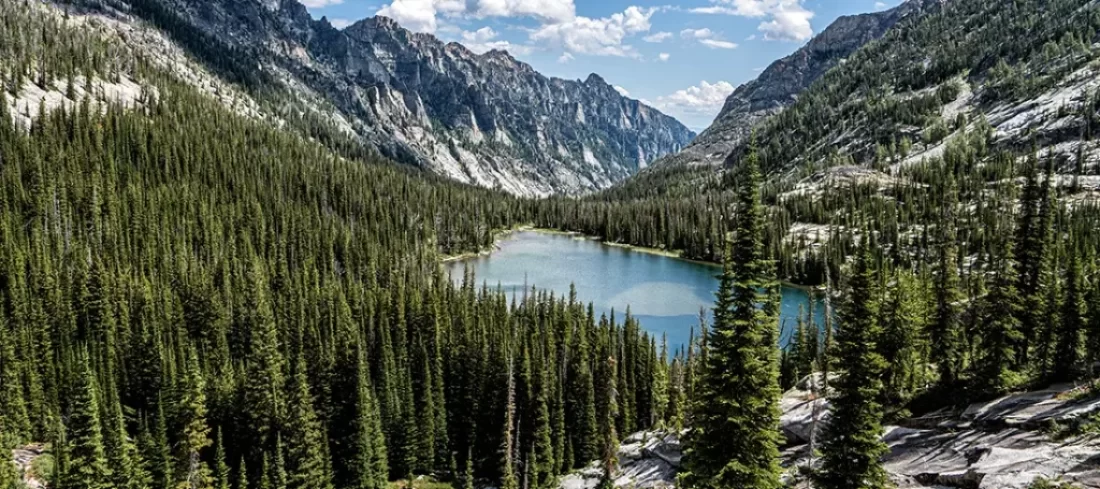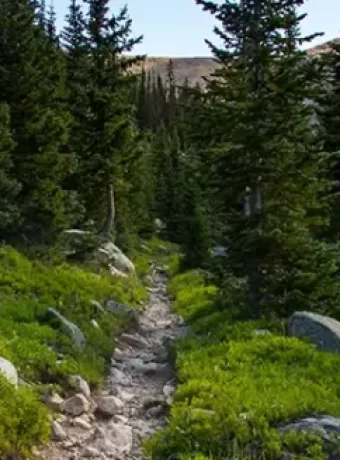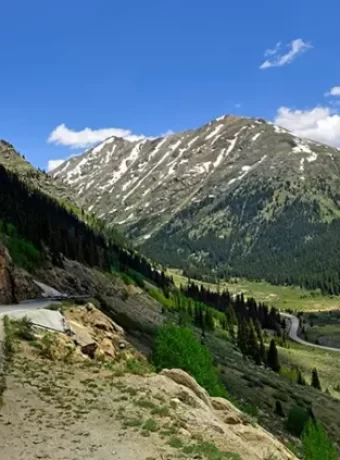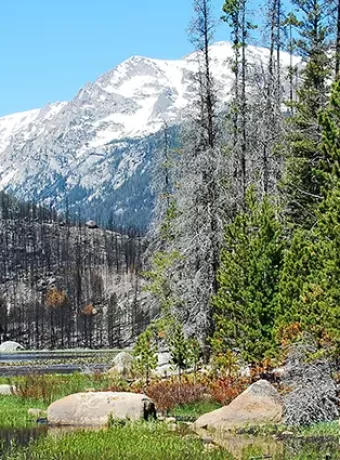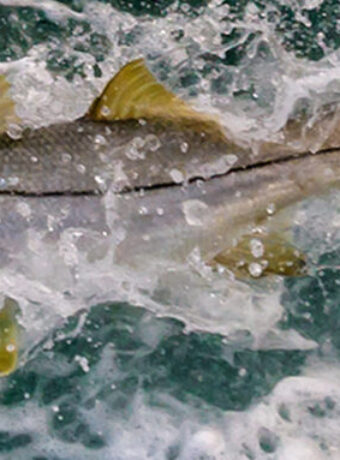Selway-Bitterroot Wilderness: A Comprehensive Guide to History, Hiking, Unique Locations, and Fly Fishing
Selway-Bitterroot Wilderness beckons as a vast sanctuary in the American West. This immense expanse of untamed land spreads over 1.3 million acres across Idaho and Montana. It stands as a prime destination for outdoor lovers, providing countless adventures and natural wonders.
If you need an escape from the demands of daily life, this protected wilderness area offers genuine tranquility. With rugged peaks forming a dramatic mountain range, clear rivers teeming with life, and abundant wildlife, it is a place for true immersion in nature. Here, you can disconnect and recharge.
Preparation is important before venturing into this remarkable wilderness. Understanding its deep past, knowing the best hiking routes like a challenging peak trail or a gentle creek trail, and identifying prime fishing spots improves any trip. Let’s explore the essentials for visiting the Selway-Bitterroot Wilderness.
Table of Contents
Introduction to the Selway-Bitterroot Wilderness
Nestled along the Idaho-Montana border, the Selway-Bitterroot Wilderness
is a vast, 1.3-million-acre sanctuary of rugged beauty and ecological
diversity. Established in 1964 under the Wilderness Act, it’s one of the
original wilderness areas in the U.S., designed to preserve its unspoiled
landscapes for future generations. With its towering Bitterroot Mountains,
pristine rivers, and sprawling forests, this wilderness is a haven for
adventurers and nature lovers alike.
The Selway-Bitterroot is
celebrated for its hiking trails, which wind through dramatic canyons
and alpine meadows, and its fly fishing spots, where anglers can cast
for native trout in solitude. Its remote location ensures a true wilderness
experience, free from modern distractions. Home to wildlife like elk, moose,
black bears, and reintroduced gray wolves, it’s also a critical area for conservation.
This guide will take you through everything you need to know to explore this
remarkable destination
History of Selway-Bitterroot Wilderness
The Selway-Bitterroot Wilderness holds a story as rugged and wild as its terrain. It proudly stands as one of the original areas protected under the Wilderness Act of 1964. This foundational piece of legislation represented a major step in American conservation, aiming to preserve the nation’s most untouched natural landscapes for future generations through national wilderness preservation.
Long before federal designation, this land was the ancestral home of Native American tribes, deeply interwoven with their cultures and survival. The Nez Perce people, especially, maintained a profound connection here, utilizing the abundant natural resources. They hunted game, fished the scenic rivers, and gathered essential plants across these mountains and valleys for generations, developing strong tribal relations with the land itself.
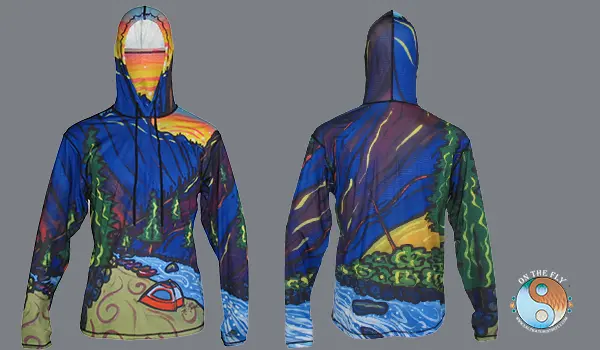
Heading into the backcountry have the right outdoor apparel is a must. Base layers, outer layers, will make or ruin the experience. Our lightweight Middle Fork Salmon River Graphic Hoodie is a great warm mid day outer layer and a evening-morning base layer, under a Heavy Weight Hydrophobic Secluded Cutthroat Graphic Hoodie.
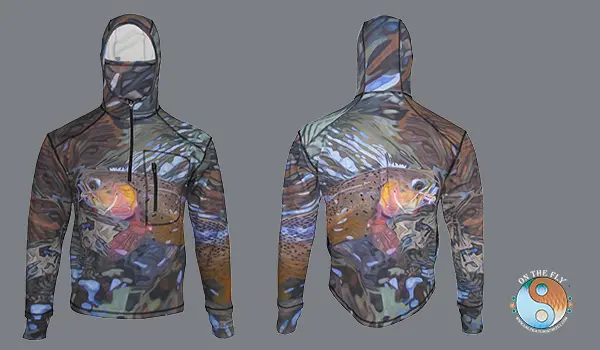
Later history saw the arrival of European-American explorers, trappers, and prospectors in the 19th and early 20th centuries. Some mining claims were staked and small settlements attempted, particularly along accessible river corridors. However, the formidable terrain and sheer remoteness largely deterred extensive development, helping to maintain its wild character and contributing to its eventual inclusion in the national wilderness system. Efforts to discover history reveal these layers of human interaction with the landscape.
The establishment of the wilderness involved land managed by multiple national forests. Both the Bitterroot National Forest on the Montana side and the Nez Perce-Clearwater National Forests (previously separate Perce-Clearwater National and Nez Perce national forests) in Idaho contribute acreage. This joint administration continues today, overseen by the Forest Service, an agency often considered an official government organization.
Text content

Text content
Geography and Ecology
The Selway-Bitterroot Wilderness encompasses a dramatic and diverse landscape primarily defined by the Bitterroot mountain range. These mountains rise steeply, creating deep canyons carved by powerful rivers. Visitors will find some of the highest peaks in the region here, offering stunning vistas and challenging climbs.
Water is a defining feature, with three major rivers having headwaters or significant stretches within its boundaries: the Selway River, the Lochsa River, and the Salmon River. These scenic rivers, along with countless tributaries like Big Creek and those accessed by a lake trail, are the lifeblood of the ecosystem. The Middle Fork of the Salmon River touches the southern boundary, near the vast Frank Church-River of No Return Wilderness (often shortened to Frank Church River or Return Wilderness), making this part of the Northern Region one of the largest complexes of protected wildland in the contiguous United States, considered the largest wilderness area by some combined metrics.
Elevations range significantly, leading to diverse habitats from low-elevation forests and riparian zones to high-alpine meadows and rocky peaks with considerable elevation gain on trails. Forests are dominated by conifers like ponderosa pine, Douglas fir, lodgepole pine, and subalpine fir. The area supports a rich array of wildlife, making it crucial to respect wildlife viewing guidelines.
Early Conservation Efforts and Wilderness Designation
Efforts to protect the Selway-Bitterroot began in the early 20th century. In 1936, the U.S. Forest Service designated it a primitive area, recognizing its untouched state. This laid the groundwork for its official protection under the Wilderness Act of 1964, which established it as a wilderness area. The act aimed to safeguard its natural character, prohibiting development and motorized access to preserve its wild essence.
At its inception, the wilderness spanned over a million acres, celebrated for its rugged beauty and biodiversity. It quickly became a symbol of America’s commitment to preserving its natural heritage.
Modern Protections and Significance
Since 1964, the Selway-Bitterroot Wilderness has grown through additional protections:
· Central Idaho Wilderness Act of 1980: Expanded the wilderness, adding more acreage to its boundaries.
· Idaho Wilderness Water Resources Protection Act of 2014: Balanced conservation with water resource management, ensuring sustainable use.
Today, the wilderness supports the largest elk herd in the U.S. and thriving gray wolf populations, underscoring its ecological importance. Its blend of history, conservation, and recreation makes it a must-visit destination.
Exploring the Selway-Bitterroot Wilderness
When considering outdoor recreation opportunities, the Selway-Bitterroot Wilderness offers an almost endless array for adventurers. From strenuous multi-week backpacking expeditions to relaxed day trips, the options are plentiful. Hiking, fishing, horseback riding, rafting, and wildlife observation are among the most popular pursuits for wilderness visitors.
Hiking Trails
With over 1,800 miles of trails crisscrossing the landscape, hikers have a vast network to explore. Trails vary widely in difficulty, from riverside paths with minimal elevation gain to strenuous ascents reaching panoramic viewpoints on a peak trail. Finding the right creek trail or lake trail depends on your fitness and goals.
Selway River Trail:
This iconic trail parallels the wild Selway River for many miles. It offers relatively moderate grades in sections, excellent wildlife viewing potential, and access to prime fishing spots. Backpackers often use it for extended trips through the core of the wilderness area.
· Distance: 19 miles (one way)
· Difficulty: Moderate
· Trailhead: Race Creek Trailhead (Idaho)
· Description:
Following the Wild and Scenic Selway River, this trail offers breathtaking views of rapids, gorges, and forests. Wildlife like elk and bears are common sights, while historic ranger stations add a cultural touch. Ideal for backpacking, it’s a moderate trek perfect for multi-day trips.
· Best Time to Hike: July to September
· Highlights: River scenery, wildlife, historic sites
· Tips: Pack lightweight gear and check river levels before crossing.
Bitterroot Divide Trail:
· Distance: Varies (section hikes recommended)
· Difficulty: Strenuous
· Trailhead: Multiple access points along Idaho-Montana border
· Description:
This high-elevation trail traces the Bitterroot Mountains, offering sweeping views of peaks and valleys. With altitudes over 8,000 feet, it’s a tough but rewarding hike best tackled in sections. The solitude and alpine beauty make it a standout.
· Best Time to Hike: July to September
· Highlights: Panoramic views, alpine meadows
· Tips: Bring trekking poles for steep ascents and descents.
Text content
Blodgett Canyon Trail:
· Distance: 12 miles (round trip to Blodgett Lake)
· Difficulty: Moderate
· Trailhead: Blodgett Canyon Trailhead (Montana)
· Description:
On the Montana side, this trail features dramatic cliffs, waterfalls, and serene Blodgett Lake. It’s perfect for day hikes or overnights, with granite walls that also attract climbers. The mix of forest and open views is stunning.
· Best Time to Hike: June to October
· Highlights: Canyon vistas, waterfalls, lake
· Tips: Arrive early to secure parking at the trailhead.
Nez Perce Trail: (Magruder Corridor)
· Distance: 101 miles (one way)
· Difficulty: Moderate to strenuous
· Trailhead: Magruder Crossing (Idaho)
· Description:
This historic trail follows the Nez Perce’s 1877 route, blending nature and history. Crossing forests and mountain passes, it’s a long-distance hiker’s dream. Interpretive signs enrich the experience, making it both educational and scenic.
· Best Time to Hike: July to September
· Highlights: Historical significance, diverse landscapes
· Tips: Plan for multiple days and carry a map—cell service is nonexistent.
Bear Creek Trail:
- Accessing high mountain lakes and ridges, trails like this one offer classic Bitterroot scenery. Expect significant climbs and rewarding vistas. Many similar routes explore different drainages.
Before heading out, secure detailed visitor maps. These maps are often available at Forest Service district offices or potentially through resources like the USGS store or other providers of educational products. Relying solely on electronic navigation is unwise in such remote terrain.
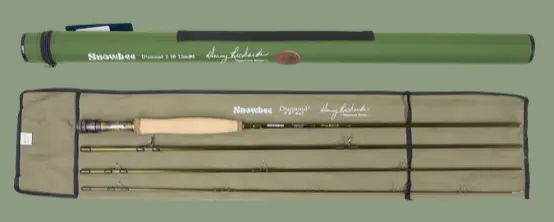
Text content
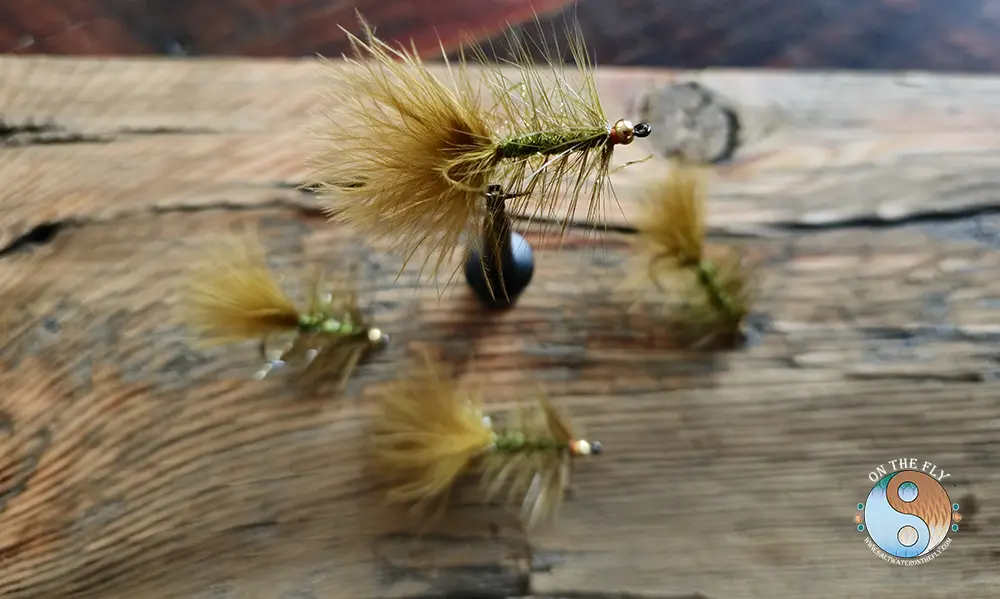
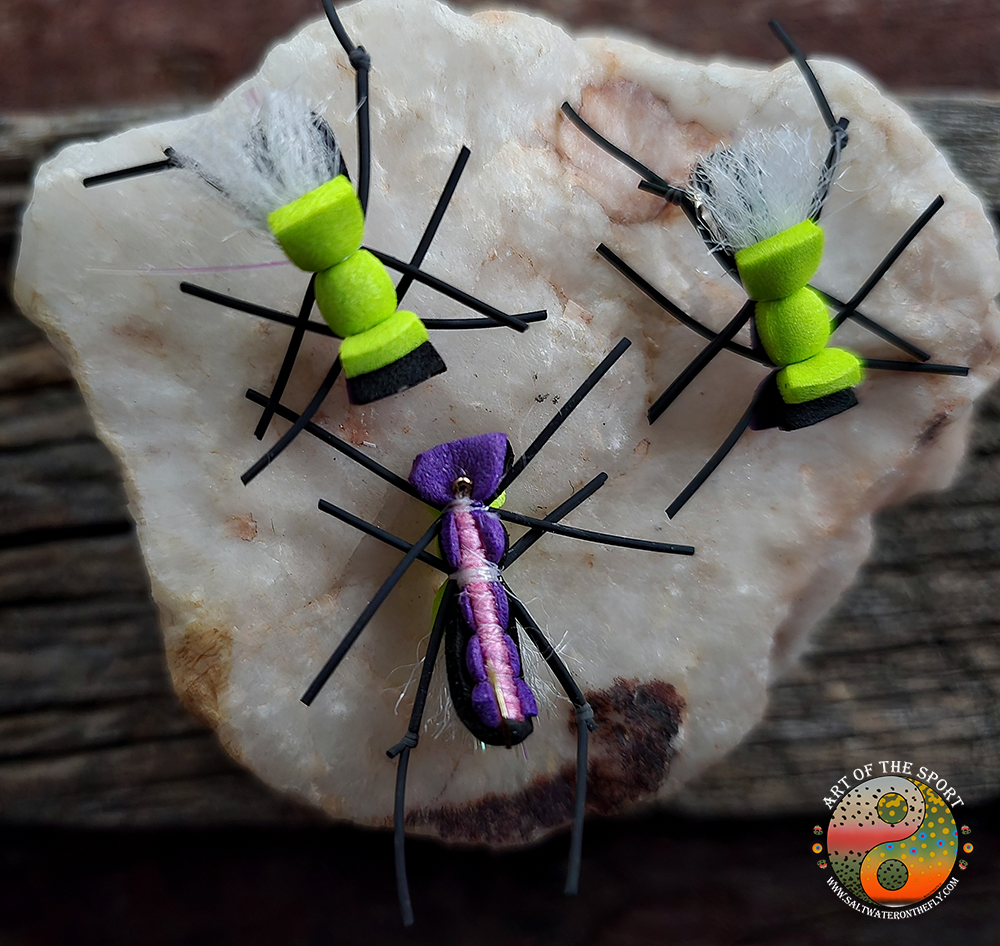
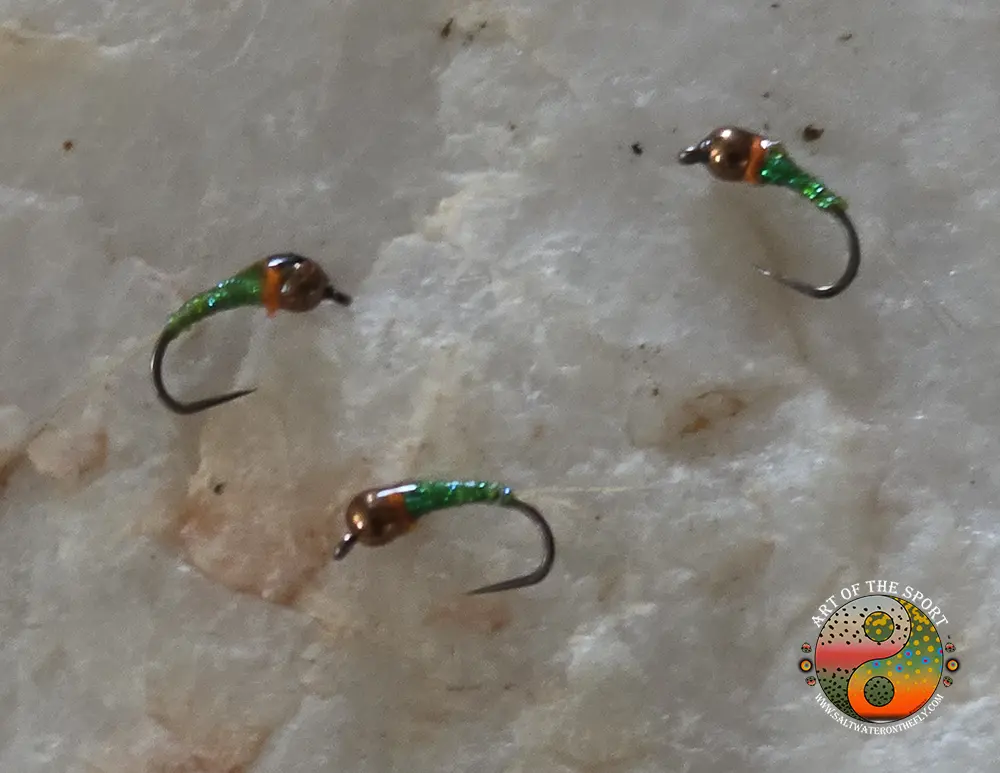
Selway-Bitterroot Best Fly Fishing Locations
The Selway-Bitterroot Wilderness is a fly fishing haven, with pristine waters teeming with trout. Here are the top spots for anglers.
Selway River
· Fish Species: Westslope cutthroat trout, rainbow trout, bull trout, mountain whitefish
· Access: Magruder Corridor Road or Selway River Trail
· Description:
A Wild and Scenic River, the Selway offers clear waters and abundant fish. Remote stretches require hiking or horseback, ensuring solitude. Pools and riffles are perfect for dry flies and nymphs.
· Best Time to Fish: July to September
· Tips: Use lightweight rods and practice catch-and-release.
Lochsa River
· Fish Species: Steelhead, rainbow trout, cutthroat trout, bull trout
· Access: Highway 12 (near wilderness boundary)
· Description:
Flowing along the wilderness edge, the Lochsa is famous for steelhead runs and diverse trout. Highway access makes it convenient, with trails leading to prime spots. It’s ideal for day trips or longer outings.
· Best Time to Fish: Spring/fall for steelhead; summer for trout
· Tips: Check regulations for steelhead seasons.
Bear Creek
· Fish Species: Cutthroat trout, brook trout
· Access: Bear Creek Trailhead (Idaho)
· Description:
This smaller stream offers a quiet fishing experience with native trout. The trail provides easy access to pools amid a forested setting, perfect for a peaceful day out.
· Best Time to Fish: June to October
· Tips: Use small flies for brook trout.
Moose Creek
· Fish Species: Westslope cutthroat trout, rainbow trout
· Access: Moose Creek Trail or Selway River float
· Description:
A Selway tributary, Moose Creek requires effort to reach but rewards with pristine waters and trout. It’s a secluded spot with excellent dry fly opportunities.
· Best Time to Fish: July to September
· Tips: Pack for a hike or coordinate a float trip.
Three Lakes Creek
· Fish Species: Cutthroat trout, rainbow trout
· Access: Three Lakes Trail (Montana)
· Description:
High in the Bitterroot Divide, this creek flows through lakes and meadows, offering small but plentiful trout. The alpine scenery enhances the fishing experience.
· Best Time to Fish: July to September
· Tips: Combine fishing with a scenic hike.
Fishing
The clear, cold waters of the Selway-Bitterroot Wilderness are legendary among anglers, especially fly fishers. The Selway River, designated a Wild and Scenic River, provides exceptional habitat for native Westslope cutthroat trout, rainbow trout, bull trout (catch-and-release required), and mountain whitefish. Other rivers like the Lochsa and various creeks also offer rewarding fishing experiences.
Strict adherence to fishing regulations set by Idaho Fish and Game and Montana Fish, Wildlife & Parks is necessary. Obtain the appropriate state fishing license and be aware of specific rules regarding tackle, seasons, limits, and protected species. Practicing catch-and-release, especially for native trout, helps maintain the health of these sensitive fisheries.
Wildlife Watching
The vastness and relatively undisturbed nature of the Selway-Bitterroot make it a haven for diverse wildlife populations. Large mammals such as elk, mule deer, white-tailed deer, moose, bighorn sheep (in certain areas), black bears, and mountain lions inhabit the wilderness. Smaller mammals like pikas, marmots, and various squirrels are common sights.
Bird enthusiasts can spot numerous species, including bald eagles and ospreys along rivers, various woodpeckers and forest birds, and high-altitude species like Clark’s nutcracker. Always observe animals from a safe distance and never feed wildlife. Proper food storage is critical to prevent attracting bears to campsites and potentially creating dangerous situations.
Other Recreation
Beyond hiking and fishing, the wilderness supports other activities. Horseback riding and pack trips are traditional ways to explore the backcountry, utilizing the extensive trail system. Many outfitters offer guided trips for those without their own stock.
Sections of the Selway River and Lochsa River offer challenging whitewater rafting and kayaking opportunities, primarily during the spring and early summer runoff. These require advanced skills and proper equipment due to the remote and demanding nature of the rivers. Permits are required for floating the Selway River during the control season.
Planning Your Visit
A trip into the Selway-Bitterroot Wilderness demands careful preparation due to its remoteness and ruggedness. Attention to detail ensures a safer and more enjoyable experience. Check official gov websites for the most current information before you go.
Best Time to Visit
The primary season for visiting the high country and most trails is typically from late June or early July through early October. Snowpack usually lingers at higher elevations well into summer, making trails impassable earlier. Lower elevation areas and river corridors may be accessible earlier in spring and later in fall.
Summer weather is generally pleasant, but afternoon thunderstorms are common, and rapid temperature drops can occur, especially at higher altitudes. Snow can fall at any time of year in the high country. Always be prepared for variable conditions regardless of the season.
Permits and Regulations
For most activities like day hiking and backpacking, specific entry permits are not required for the Selway-Bitterroot Wilderness itself. However, group size limitations and other regulations apply, promoting wilderness preservation. Always check the specific rules managed by the Bitterroot National Forest and the Nez Perce-Clearwater National Forests.
A highly sought-after permit is required to float the Selway River during the control season (typically May 15th to July 31st). These permits are issued through a competitive lottery system administered by the Forest Service. Demand far exceeds supply, so applying early is essential. Check the Recreation.gov website or Forest Service pages for lottery details.
Campfire restrictions are common, especially during dry periods, to prevent wildfires. Check current fire regulations and danger status before your trip. Familiarize yourself with Leave No Trace principles and follow them strictly.
Access and Getting Around
Access to the Selway-Bitterroot Wilderness varies greatly depending on the area you wish to visit. Numerous trailheads exist along the periphery, accessible via state highways and Forest Service roads (forest road). Road conditions can range from paved highways to rough, unpaved routes requiring high-clearance vehicles; check conditions before travel.
Several ranger station locations and district offices surround the wilderness, providing valuable information, maps, and current condition updates. These offices are key resources for trip planning. Be aware of potential closures due to weather, fire, or other hazards; check for alerts & warnings frequently via official channels. Sometimes press releases announce major changes.
Parking at popular trailheads (parking area) can fill quickly, especially on weekends during peak season. Arrive early or consider mid-week trips. Remember that services are non-existent once you leave the main roads and enter the wilderness area.
What to Pack
Packing appropriately is critical for safety and comfort in the backcountry. Your gear list should be adapted to the length of your trip, the season, and planned activities. Essential items always include:
- Navigation: Topographic map(s) of your intended area, compass, and GPS device or smartphone app with downloaded maps (plus power backup). Do not rely solely on electronics. Good visitor maps are essential.
- Sun Protection: Sunscreen, sunglasses, hat.
- Insulation: Warm layers (fleece, down/synthetic jacket), rain gear (jacket and pants), extra socks. Weather changes fast.
- Illumination: Headlamp or flashlight with extra batteries.
- First-Aid Supplies: Comprehensive kit for treating common injuries and illnesses.
- Fire Starter: Waterproof matches, lighter, fire starter material.
- Repair Kit and Tools: Multi-tool, duct tape, gear repair items.
- Nutrition: Extra day’s supply of food.
- Hydration: Water bottles or reservoir, and a reliable water filter or purification method. Assume all natural water sources need treatment.
- Shelter: Tent, bivy sack, or tarp appropriate for conditions.
- Bear Safety: Bear spray (know how to use it) and bear-resistant food storage containers where required or recommended.
Remember sturdy hiking boots, appropriate clothing (avoid cotton), and personal items. Proper planning helps you respect wildlife and minimize your impact.
Safety and Outdoor Ethics
Safety is paramount in the wilderness. Be aware of potential hazards like stream crossings (can be dangerous during high water), encounters with wildlife (especially bears and moose), sudden weather changes, and getting lost. Leave your itinerary with someone reliable and check in upon return.
Adhering to outdoor ethics, specifically the seven Leave No Trace principles, is vital for protecting the wilderness character. These principles include:
- Plan Ahead and Prepare.
- Travel and Camp on Durable Surfaces.
- Dispose of Waste Properly (Pack It In, Pack It Out).
- Leave What You Find.
- Minimize Campfire Impacts (Use established rings, consider a stove).
- Respect Wildlife (Observe from distance, store food properly).
- Be Considerate of Other Visitors.
By practicing these ethics, wilderness visitors help maintain the quality of the environment and the experience for everyone. Information on these principles is often available alongside educational products from the Forest Service.
Features of the Selway-Bitterroot Wilderness
The Selway-Bitterroot holds several features that add to its character and provide unique experiences for visitors beyond the typical trail or river journey. Exploring these can enrich your understanding of the area.
Magruder Corridor Road
The Magruder Road (Forest Road #468) is a largely primitive, 101-mile route connecting Elk City, Idaho, to Darby, Montana. It traverses the narrow corridor separating the Selway-Bitterroot Wilderness from the Frank Church-River of No Return Wilderness to the south. This road offers vehicle access deep into this remote wildland complex, a rare allowance within designated wilderness boundaries.
Driving the Magruder Corridor is an adventure itself, typically requiring high-clearance vehicles and taking a full day or longer. The road provides access to trailheads, historic sites like the Magruder Ranger Station, and incredible scenery. It is usually only open seasonally due to snow, typically from July through September/October; always check the danger status and current conditions with the Nez Perce-Clearwater National Forests.
Historic Fire Lookouts
Perched atop strategic peaks, numerous historic fire lookouts stand within or near the wilderness boundaries. These structures are remnants of an era when human eyes were the primary defense against wildfires. Some, like the Coolwater Lookout or Hells Half Acre Lookout, are still occasionally staffed or available for rent, offering panoramic views.
Others are abandoned but remain as historical landmarks accessible via hiking trails. Visiting these lookouts provides insight into the history of fire management by the Forest Service and offers some of the most expansive views available in the wilderness area. Finding information might require checking with local district offices.
Natural Hot Springs
Several natural geothermal hot springs are found within the wilderness, particularly along river corridors. Jerry Johnson Hot Springs, located near the Lochsa River along Highway 12 (just outside the official wilderness boundary but often associated with it), is one of the most popular and accessible. Stanley Hot Springs and others require significant hikes to reach.
These springs offer a chance to soak in naturally heated mineral water, a welcome relief after days of hiking or paddling. Remember to practice good etiquette: pack out everything you pack in, avoid using soaps or lotions in the pools, and respect other users seeking tranquility. Check for any specific regulations regarding use.
Conservation Efforts
Protecting the vast Selway-Bitterroot Wilderness is an ongoing effort involving the Forest Service, conservation organizations, and the public. The wilderness area faces pressures from climate change, invasive species, potential impacts from resource extraction activities like timber sales or forest products harvesting on adjacent lands, and the cumulative effects of increasing recreational use.
Organizations like the Selway-Bitterroot Frank Church Foundation play a role in stewardship, organizing volunteer projects for trail maintenance, noxious weed removal, and site restoration. Public support and responsible behavior from wilderness visitors are crucial components of wilderness preservation. Understanding the principles of the National Wilderness Preservation System helps users appreciate the importance of protecting these area designated lands.
The Forest Service, as the primary managing government organization, works on fire management plans, monitors ecosystem health, and manages recreation to minimize impacts. Maintaining good tribal relations with the Nez Perce and other tribes with ancestral ties to the land is also part of responsible stewardship. Visitors can contribute by following all regulations, practicing outdoor ethics, reporting issues like illegal timber sales if observed near boundaries, and potentially supporting conservation groups working in the Northern Region.
Visitors seeking official information should use secure websites, typically ending in .gov, to share sensitive information like permit applications only when they know you’ve safely connected. The Forest Service provides resources through its official channels, sometimes including educational products or visitor maps via avenues like the USGS store. Information regarding policies like the privacy policy, anti-harassment policy, accessibility statement, or how to report fraud via channels like visit OIG can usually be found on these official gov websites, often accessible through links sometimes found in a primary footer menu or primary footer section of the site, possibly alongside plain writing statements.
The goal is to maintain the wild character and ecological integrity of this vital part of America’s natural heritage. Future press releases might detail ongoing efforts or new challenges. The legacy of the Wilderness Act depends on continued vigilance and care.
Key Trail Information Summary
| Trail Name | Approx. Length (One Way) | General Location | Primary Feature |
|---|---|---|---|
| Selway River Trail (#4) | Variable (19+ miles total accessible) | Follows Selway River | River access, fishing, relatively moderate grades |
| Blodgett Canyon Trail (#19) | ~13 miles to Blodgett Lake | Bitterroot Valley (MT side) | Dramatic canyon cliffs, waterfalls |
| Bear Creek Trail (#5) | ~10 miles to Bryan Lake | Bitterroot Valley (MT side) | High mountain lakes, significant elevation gain |
| Running Creek Trail (#502) | ~15 miles to Marten Lake | Selway River Drainage (ID side) | Remote access via Magruder Road, connects to other trails |
Conclusion of Selway-Bitterroot Wilderness
The Selway-Bitterroot Wilderness is far more than just coordinates on a map; it is an experience that challenges the body and restores the spirit. It offers a profound connection to the natural world, a place to find solitude, and a landscape for adventure. Whether you are a seasoned backcountry traveler familiar with the adjacent Frank Church-River of No Return Wilderness or making your first visit, this vast wilderness area offers something substantial.
From its layered history involving the Nez Perce to its complex ecosystems managed by the Bitterroot National Forest and Nez Perce-Clearwater National Forests, the Selway-Bitterroot stands as a national treasure. Visiting with respect, adhering to outdoor ethics, and supporting ongoing wilderness preservation efforts helps protect its wild integrity. Prepare well, tread lightly, and embrace the adventure waiting in one of America’s most spectacular and enduring wild places, a core part of the national wilderness preservation system.
